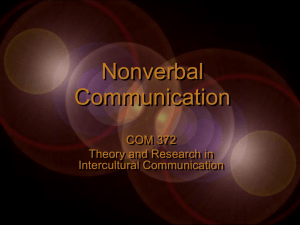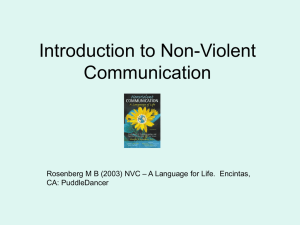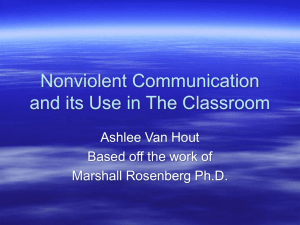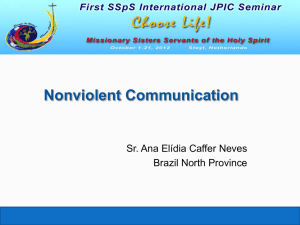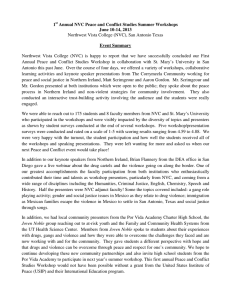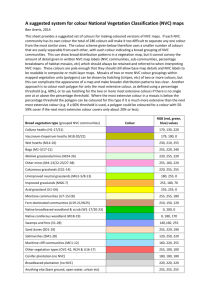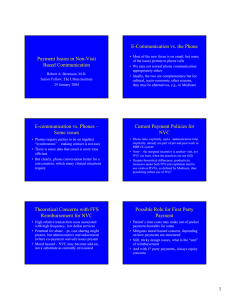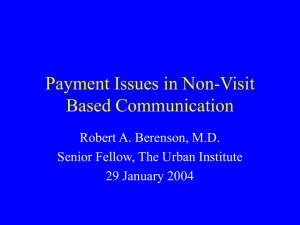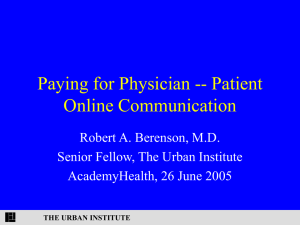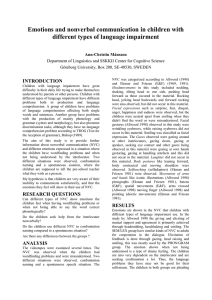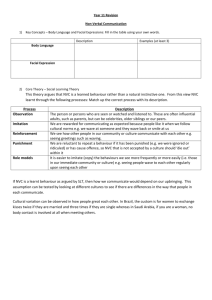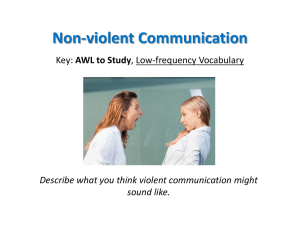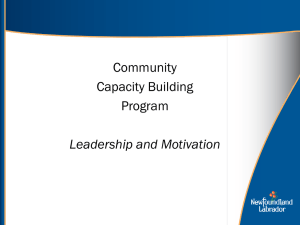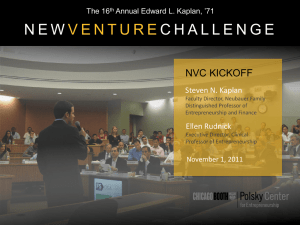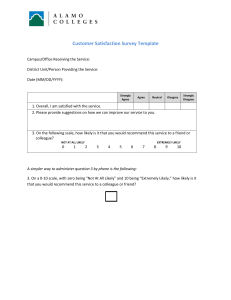NVC couples
advertisement
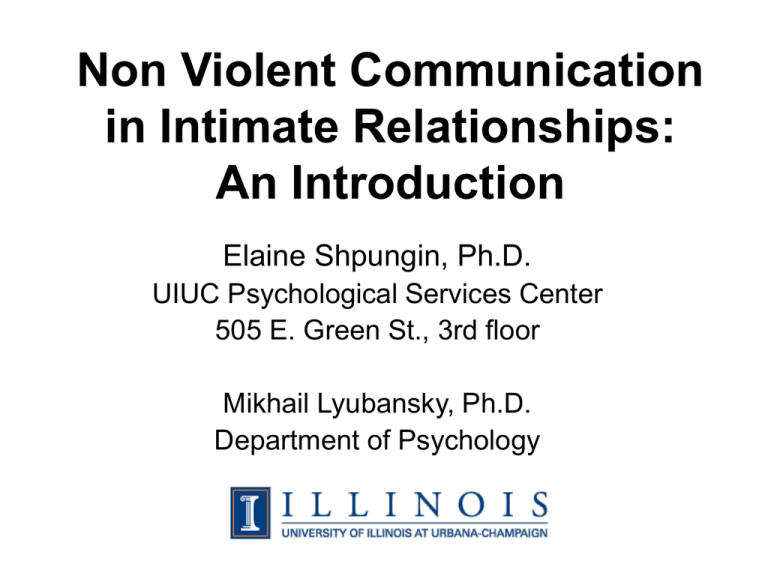
Non Violent Communication in Intimate Relationships: An Introduction Elaine Shpungin, Ph.D. UIUC Psychological Services Center 505 E. Green St., 3rd floor Mikhail Lyubansky, Ph.D. Department of Psychology Non Violent Communication (NVC) Marshall Rosenberg, Ph.D. (founder) Nonviolent Communication (NVC): • A guiding philosophy (compassion, power-with, dignity, mutuality) • A communication method that supports the philosophy • An approach that has been successfully applied to: • interpersonal relationships (couple, parent-child, roommate) • social and personal change efforts (therapy, coaching, advocacy, persuasive communication) • business practices (in organizations, agencies) • communities and systems (schools, prisons) • conflict resolution (within and between groups) Imagine if… Scenario 1 • Imagine you are rushing to make it to a 9am meeting with a specific person you know. (Write down name of person) • You get there 8:58. The other person arrives 9:10. • Please write down (briefly): – What are you feeling and thinking? – Why? – How might you act toward person as a result? Imagine if… Scenario 2 • Imagine you are rushing to make it to a 9am meeting. • You get there 9:10 just as the other person is rushing in, also at 9:10. • Please write down (briefly): – What are you feeling and thinking? – Why? – How might you act toward person as a result? NVC Model Evaluations Strategies Feelings Needs NVC MODEL Evaluations APPLIED TO SCENARIO 1 Disorganized Strategies Doesn’t care Frown Feelings Make promise to self Incompetent Jerk Untimely Disappointed Anxious Needs Trust, Respect Productivity Demand apology Angry Untrustworthy Annoyed Threaten Frustrated Avoid Selfish Use sarcasm Speak in clipped tones Clueless Express feelings Rude The goal of Nonviolent Communication is to: -- listen beyond Strategies and Evaluations to the Needs underneath -- speak to the Needs of those involved -- create strategies that meet everyone’s needs (no compromise) Evaluations Strategies Feelings Needs NVC Intimate Communication Makeover Evaluations Criticisms Judgments Self-blame Guilt Shame Demands Coercion Threats Observations Needs-based empathy Needs-based honesty Needs-based self-reflection Regret, Mourning Self Acceptance Needs-based requests NVC Makeover Components (some definitions) Observations: Describing a behavior or event without evaluation words, just as a videocamera would show it. Helps other person to hear you more fully, with less defensiveness. Needs Based Empathy: Connecting to and being present with the needs of the other (their hopes, wants, what might be important to them). Helps build trust, safety and understanding, creating opportunity for mutuality. Needs Based Honesty: Sharing your own needs without blame or expectation - when the other person is truly ready to hear you. Element of vulnerability helps build connection and allows other to hear you more fully. Needs-based Self-Reflection: Connecting to and being present with your immediate, as well as “larger” needs (hopes, wants, what is important to you). Helps you “respond” rather than “react” and leads to more effective choices. Needs-based Requests: Clear communication about a strategy that would help meet a need of yours; differs from a demand in that there are no negative consequences for non-compliance. Helps express recognition of the autonomy and free choice of others. Live Demonstration Further Resources Center for Nonviolent Communication www.cnvc.org (includes workshop schedule, trainer info, and complete list of books and videos) Conflict Hotline (live role plays with NVC coach) www.youtube.com (type in “conflict hotline”) NVC Academy (telecourses, audio-courses, and free materials) www.nvctraining.com

